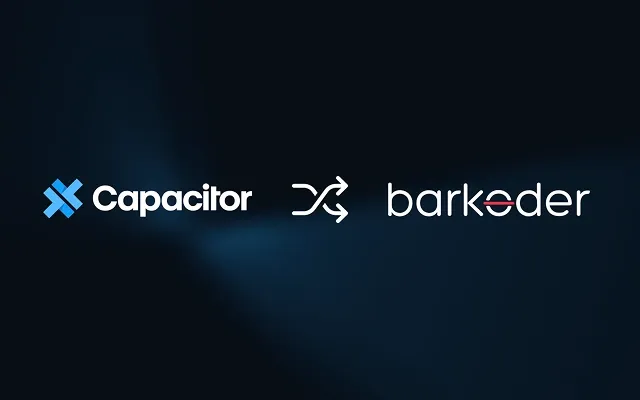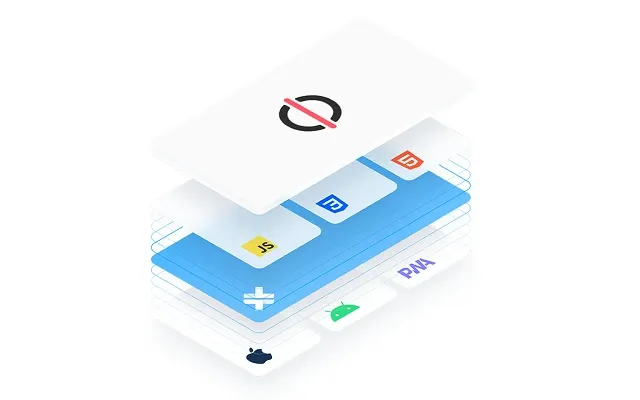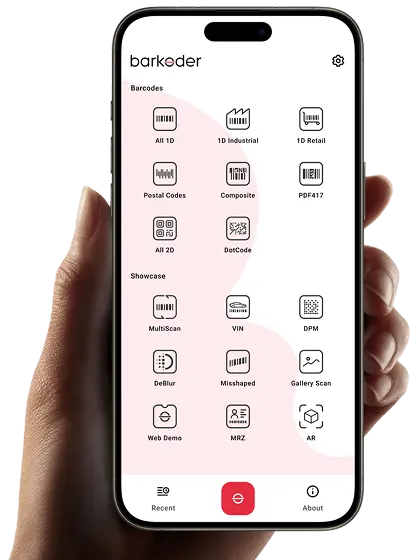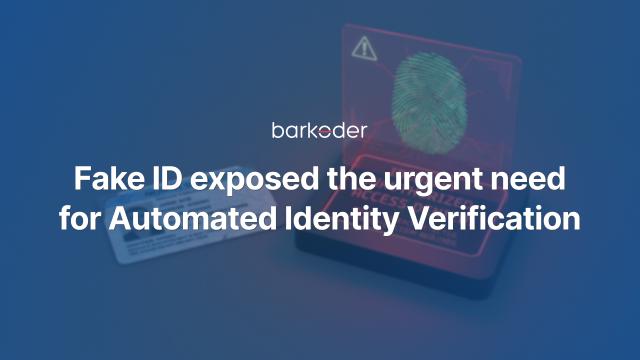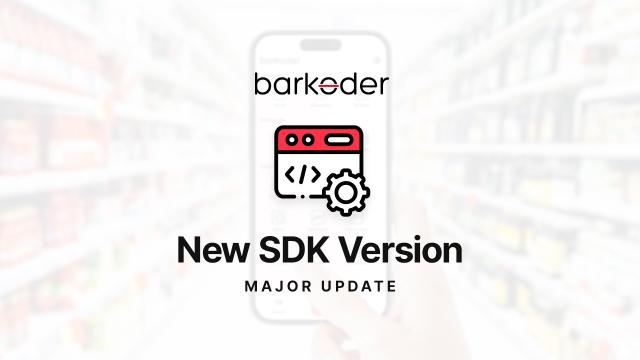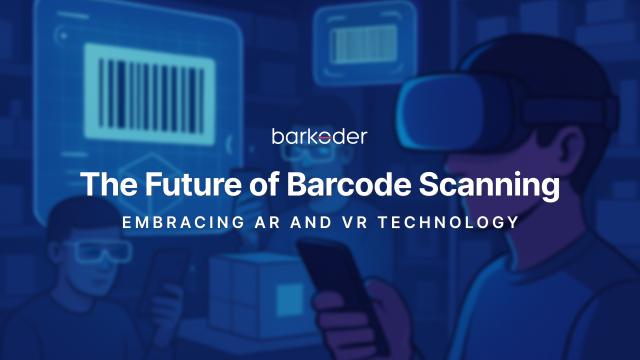Capacitor Barcode Scanner Plugin
Integrate barKoder’s advanced barcode scanning features into your Capacitor apps effortlessly. Our Capacitor plugin delivers fast, reliable, and accurate scanning for all major barcode symbologies, providing a seamless user experience for hybrid and cross-platform applications.

